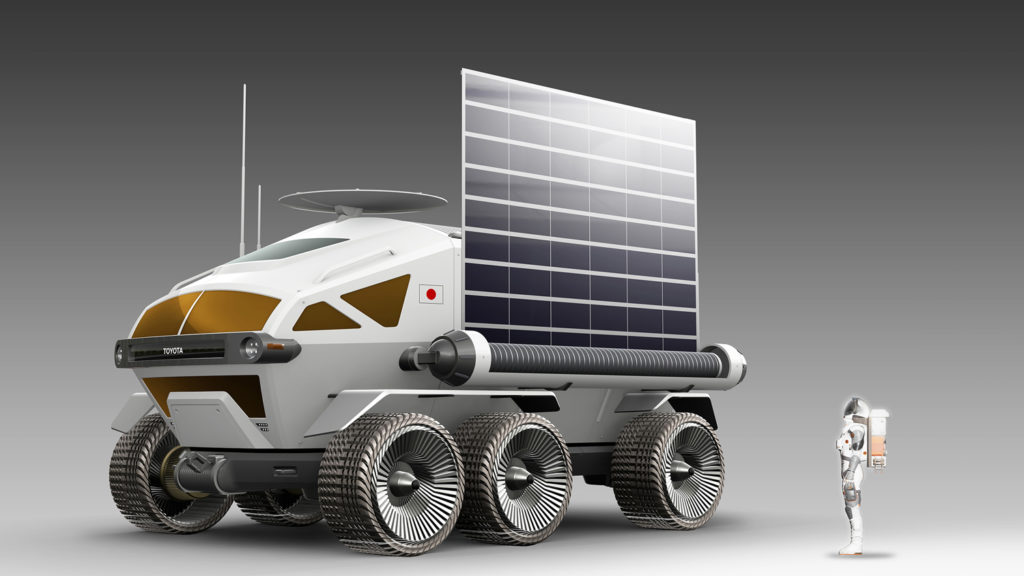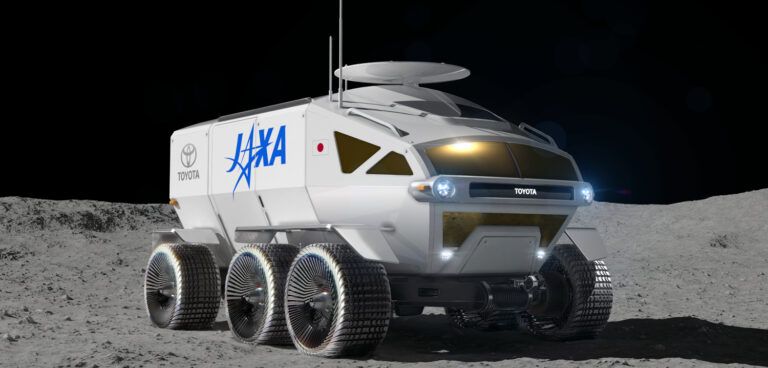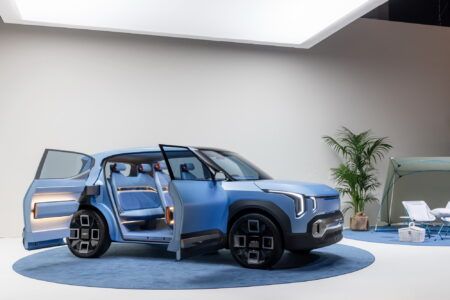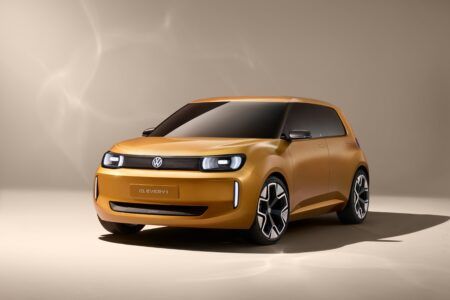The Japan Aerospace Exploration Agency (JAXA) and Toyota have announced a potential collaboration focused on space exploration – the first step of which includes further cooperation on a joint study for a manned, pressurized rover powered by fuel-cell electric technology. The project has a targeted total lunar-surface cruising range of more than 10,000km (6,214 miles).
“At JAXA, we are pursuing international coordination and technological studies toward Japan’s participation in international space exploration,” said JAXA president Hiroshi Yamakawa.
“We aim to contribute through leading Japanese technologies that can potentially generate spin-off benefits. Having Toyota join us in the challenge of international space exploration greatly strengthens our confidence.
“Manned rovers with pressurized cabins are an element that will play an important role in full-fledged exploration and use of the lunar surface. For this, we would like to concentrate our country’s technological abilities and conduct technological studies.
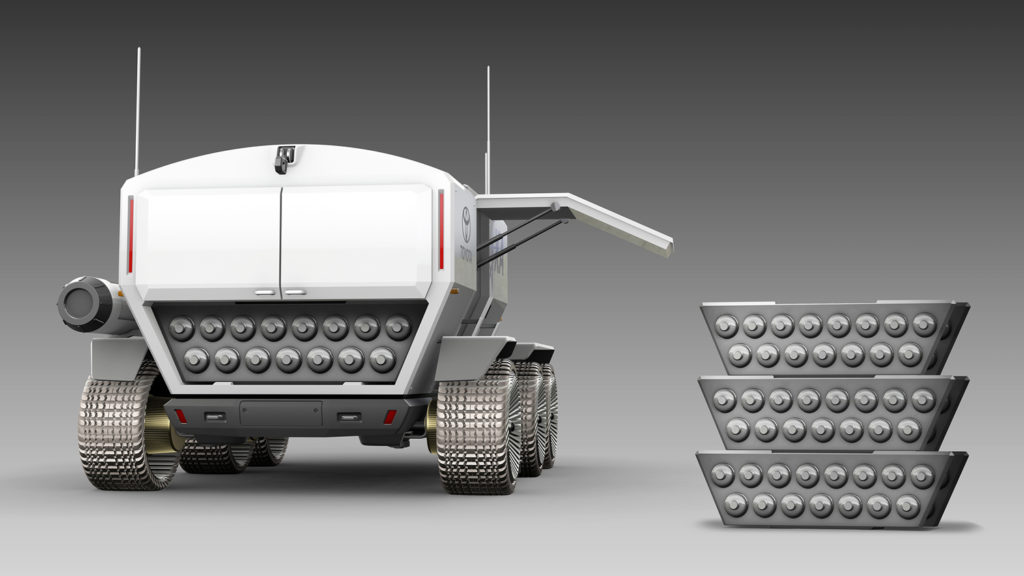 “Through our joint studies going forward, we would like to put to use Toyota’s excellent technological abilities related to mobility, and we look forward to the acceleration of our technological studies for the realization of a manned, pressurized rover.”
“Through our joint studies going forward, we would like to put to use Toyota’s excellent technological abilities related to mobility, and we look forward to the acceleration of our technological studies for the realization of a manned, pressurized rover.”
Toyota president Akio Toyoda added, “Going beyond the frameworks of countries or regions, I believe that our industry, which is constantly thinking about the role it should fulfill, shares the same aspirations of international space exploration.
“Furthermore, cars are used in all of Earth’s regions, and, in some regions, cars play active roles as partners for making sure that people come back alive. And I think that coming back alive is exactly what is needed in this project.
“I am extremely happy that, for this project, expectations have been placed on the thus-far developed durability and driving performance of Toyota vehicles and on our fuel-cell environmental technologies.”
At a symposium held in Tokyo, JAXA vice president Koichi Wakata and Toyota executive vice president Shigeki Terashi took part in a discussion session that yielded further information.
“At JAXA, we are studying various scenarios as well as technologies that will be applied to specific space missions,” revealed Wakata.
“Manned, pressurized rovers will be an important element supporting human lunar exploration, which we envision will take place in the 2030s. We aim at launching such a rover into space in 2029.
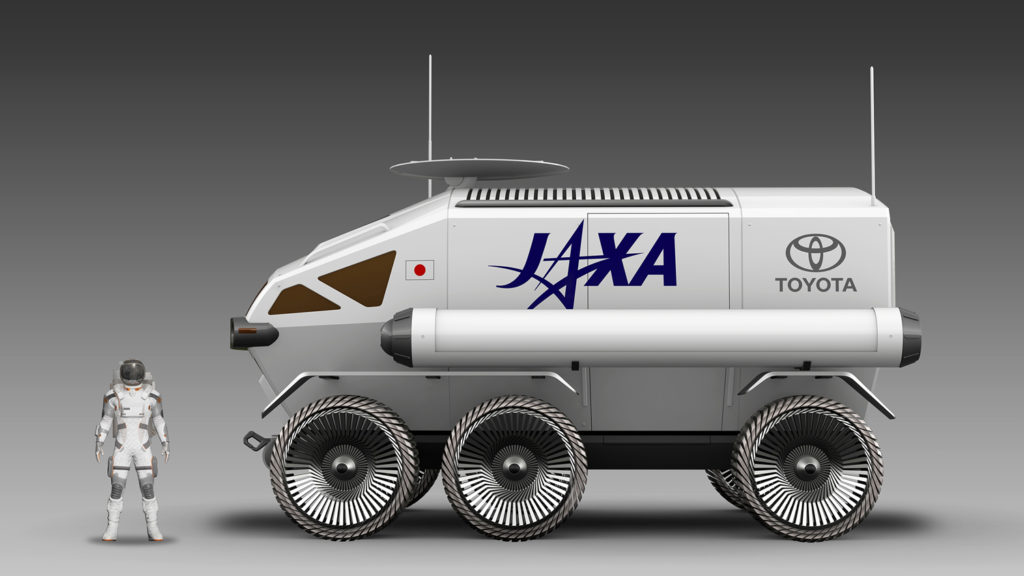
“Lunar gravity is one-sixth of that on Earth. Meanwhile, the moon has a complex terrain with craters, cliffs, and hills. Moreover, it is exposed to radiation and temperature conditions that are much harsher than those on Earth, as well as an ultra-high vacuum environment.
“For wide ranging human exploration of the moon, a pressurized rover that can travel more than 10,000km in such environments is a necessity. Toyota’s ‘space mobility’ concept meets such mission requirements. Toyota and JAXA have been jointly studying the concept of a manned, pressurized rover since May of 2018.
“Thus far, our joint study has examined a preliminary concept for a manned, pressurized rover system, and we have identified the technological issues that must be solved. Going forward, we want to utilize Toyota’s and JAXA’s technologies, human resources and knowledge, among others, to continuously solve those issues.”
“As an engineer, there is no greater joy than being able to participate in such a lunar project by way of Toyota’s car-making and, furthermore, by way of our technologies related to electrified vehicles, such as fuel cell batteries, and our technologies related to autonomous and automated driving. I am filled with great excitement,” added Terashi.
“Fuel cells, which use clean power-generation methods, emit only water and because of their high energy density, they can provide a lot of energy, making them especially suited for the project being discussed with JAXA.
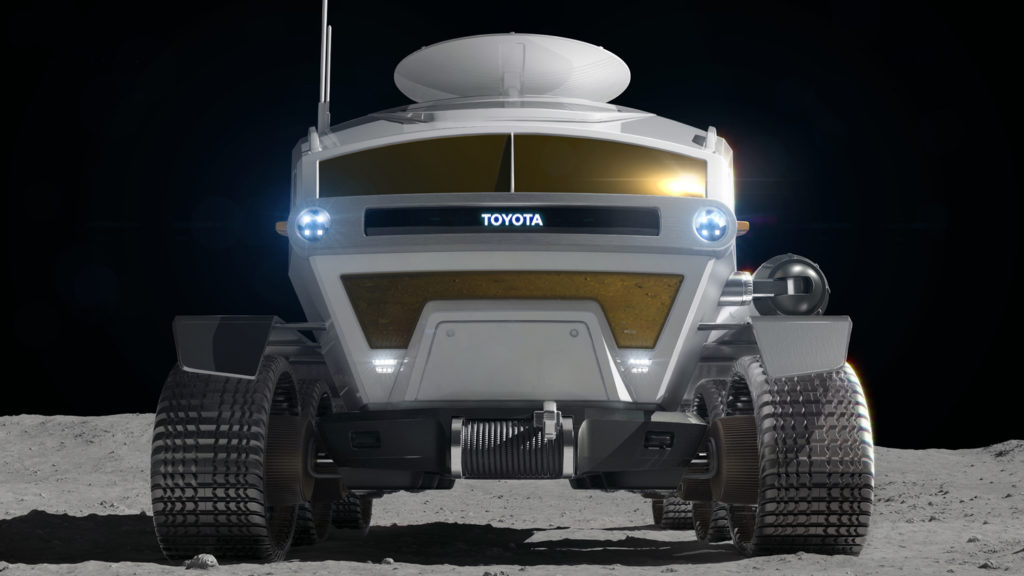
“Toyota believes that achieving a sustainable mobility society on Earth will involve the coexistence and widespread use of electrified vehicles, such as hybrid electric vehicles, plug-in hybrid electric vehicles, battery electric vehicles, and fuel cell electric vehicles. For electrification, fuel-cell batteries represent an indispensable technology.
“Fuel-cell electric vehicles have the ability to emit reduced amounts of harmful substances, such as particulate matter, that are found in the air they take in. As such, they are characterized by having so-called ‘minus emissions’. We want to further improve on this characteristic.
“Contributing to Earth’s environment cannot be achieved without the widespread use of electrified vehicles. As a full-line manufacturer of electrified vehicles, and aiming for the widespread use of such vehicles, Toyota – going beyond only making complete vehicles – wants to provide electrification to its customers in various forms, such as through systems and technologies.
The concept pressurized rover under consideration by JAXA and Toyota will be able to accommodate two people (four in an emergency), and will be 6m (19.7ft) long, 5.2m (17ft) wide and 3.8m (12.5ft) high. It will include a living space of 13m3 (459ft3).
